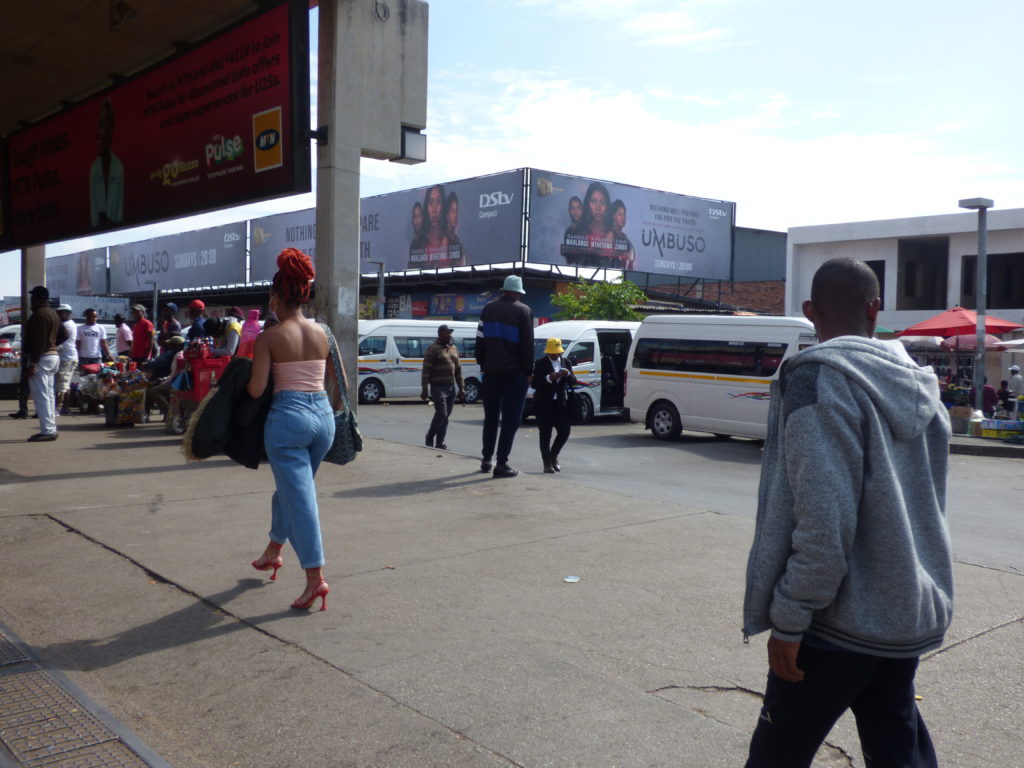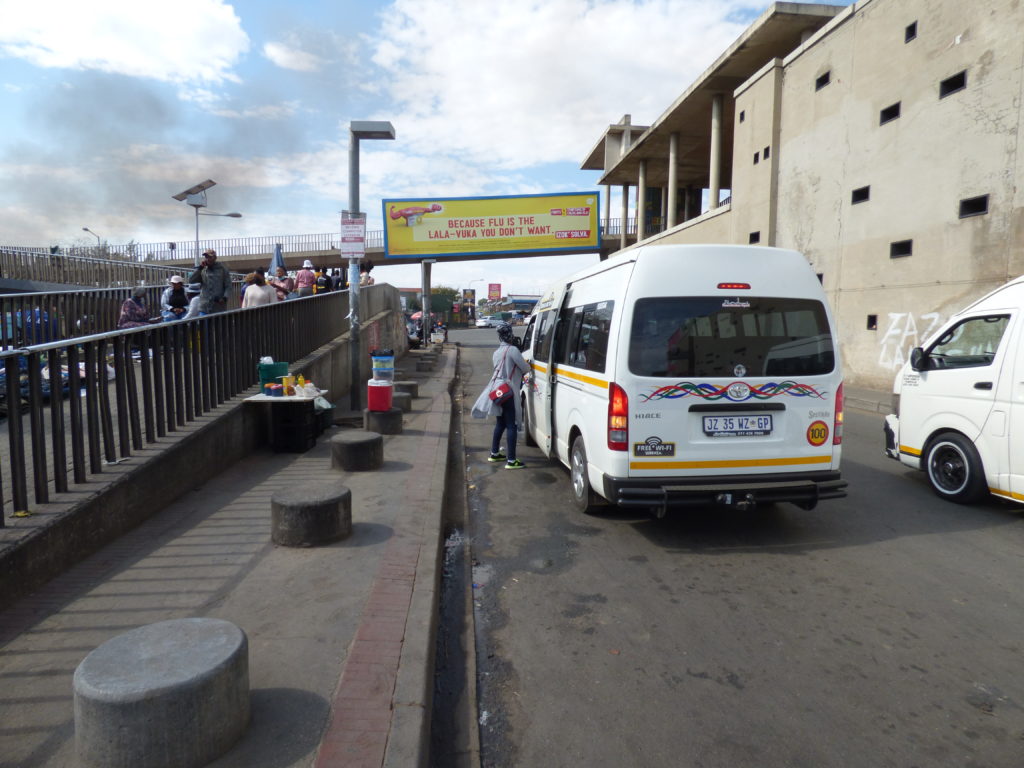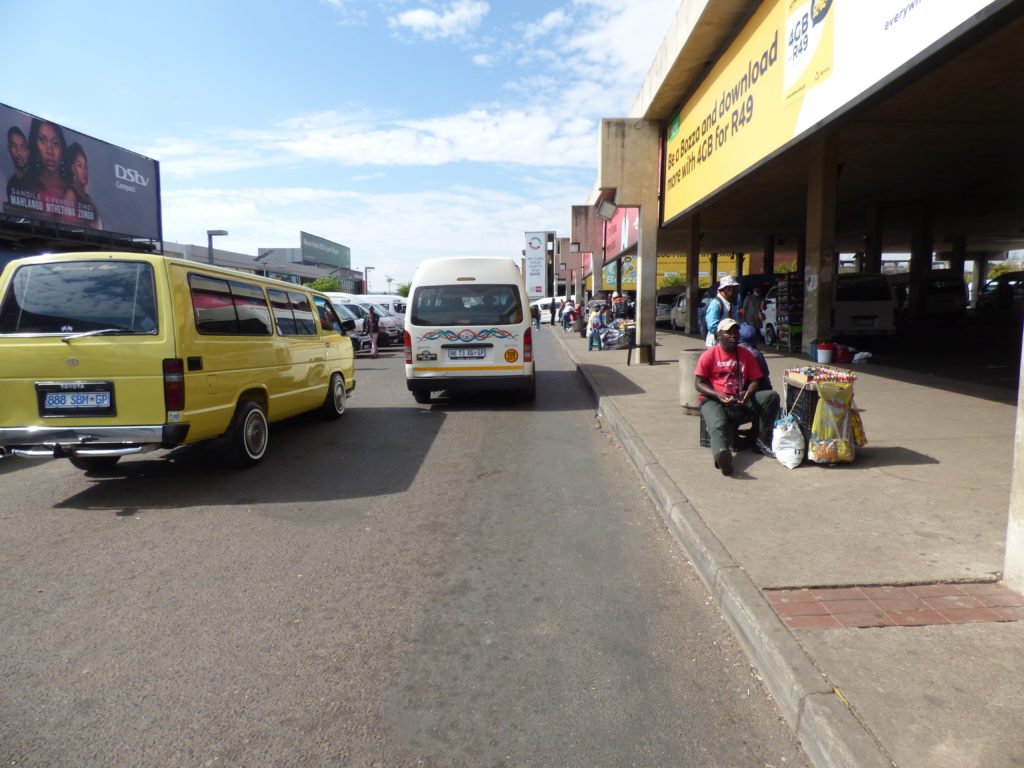Safety of Commuters on South African Roads
Reading time: 4.5 minutes
Author: Kenneth Makhubo, Social Media Co-Ordinator

One of the products in the Sebenza ecosystem is our incentivised survey mechanism with organic, consented, and anonymous information from our users. We serve questions individually, and the system includes a decision tree mechanism so that answers given correlate with questions asked – all in one survey. Over 1.8 million survey questions have been answered by our users, and our ability to reach so many people gives us valuable, validated data from our users. Our insights from this mechanism have been invaluable for ourselves and our clients. For example, we can learn about spending habits, reasons for making decisions, the price bracket users are willing to spend in, whether they understand market messaging, and more.
Transport Month in October 2022
The South African government’s initiative grabbed our attention as they focused on public transport. Their website describes the event: “During this month, Department of Transport and its entities will showcase transport infrastructure services in aviation; maritime; public transport, and roads. This month will also advance the country’s road safety initiatives further while creating awareness of the sector’s economic benefits.” To celebrate this initiative, we deployed a survey on our platform to understand and learn about safety within the taxi industry. Improving the lives of our users remains at the heart of our business, and we received insightful feedback on commuter safety.
With the rising number of issues in South Africa that may affect commuters directly or indirectly, we need to understand their journey as they commute daily and what changes are happening in the industry as champions of the industry. Access to the commuter industry is essential as it was previously neglected due to many regulatory issues. Still, Sebenza has a solution for all, bridging the digital divide between commuters and brands and involving all stakeholders. Understanding this industry is essential to ensure we bring tailor-made products to make a commuter’s life safer, uplifting, elevating, and entertaining.

The scale of the industry
Safety in public transport in South Africa has been questioned in recent years. Questions on commuter safety come from the rising yearly number of taxis on our roads. Each taxi transports approximately 15 people in their vehicle at any given time, each trip taking, on average, 30 to 45 minutes.
StatSA National Households Travel Survey 2020 says taxis transport over 15 million commuters daily. The survey includes children traveling to and from school and adults traveling to and from work to provide for their families. Surveys conducted within the industry date between 2017 and 2020 with varying numbers of respondents, meaning no up-to-date data is available.
Following the government’s commitment to ensure commuters have safe and accessible public transport on the roads, the government implemented the scrapping of unroadworthy taxis program in 2006. It was revised in March 2019 during Transport Month to ensure that the government prioritised commuter safety. According to the DoT (Department of Transport), the RTRP (Revised Taxi Recapitalisation Program) has scrapped at least 13% of the targeted 63 241 taxis across the country since March 2019.
The latest taxi industry survey Into commuters and drivers’ safety

We conducted a survey on the platform that spoke to commuters’ feeling of safety when using taxis, specifically, and drivers’ opinions of the road conditions. We received 3,028 responses. The results yielded some interesting results. Before starting the survey, we would assume that commuters felt unsafe in taxis because of their reputation on the roads – we were wrong. 53% of the respondents use a taxi for commuting, and 68% of that sample said they feel safe. The other 32% said they sometimes or do not feel safe is caused by reckless driving and bad road conditions, and leans into the concept of Transport Month in 2022, wanting to improve road conditions.
80% of respondents had not been in a taxi accident, but 51% knew someone who had been. This is a relatively large portion of the respondents, and of the people they had known to be in an accident, 44% suffered minor injuries, and 3% were seriously injured. This led us to ask what the conditions were after an accident, such as the response time of emergency services to the accident site. 50% said the emergency services arrived within one hour, while 29% said it took one to two hours.
Our next question was whether the commuters could reach their loved ones after an accident. 81% could reach loved ones because they could still use their phones, use someone else’s phone, or the taxi driver or emergency services helped them. The people who could not get a hold of loved ones were because 31% had damaged phones, and 40% did not have airtime or data.
This begs the question of the ability to reach emergency services should something severe happen to you while commuting and how the high prices of data and airtime affect your ability to do this, the condition of the roads, and the taxis themselves. 84% of respondents want to know their rights as a commuter, and 94% called for drivers to do more to make the commute safer.
Sources
To read more on the scrapping program, click here.
To read about commuter rights, click here.
You can email our team to conduct research using our survey mechanism:
sales@sebenza.taxi

